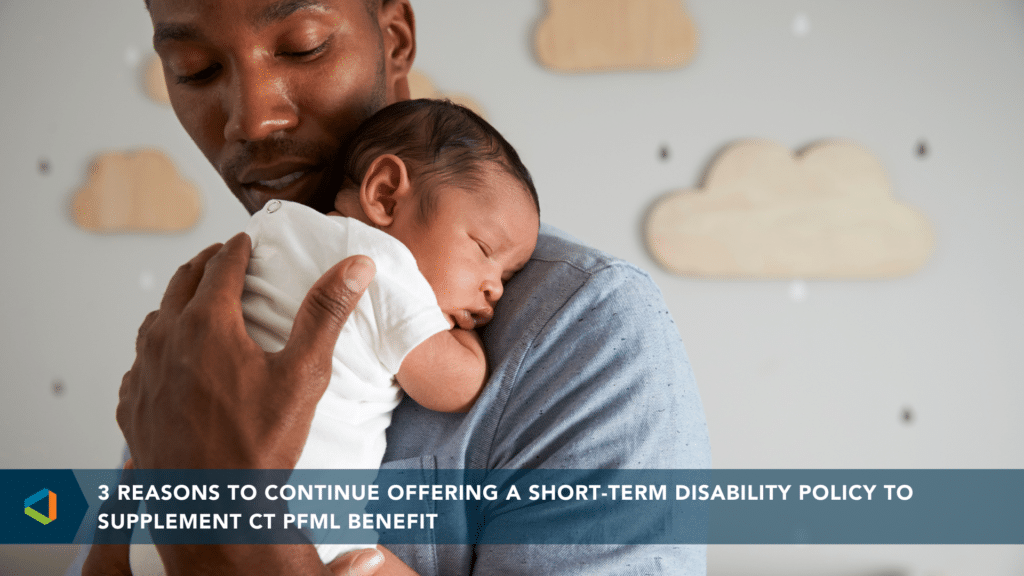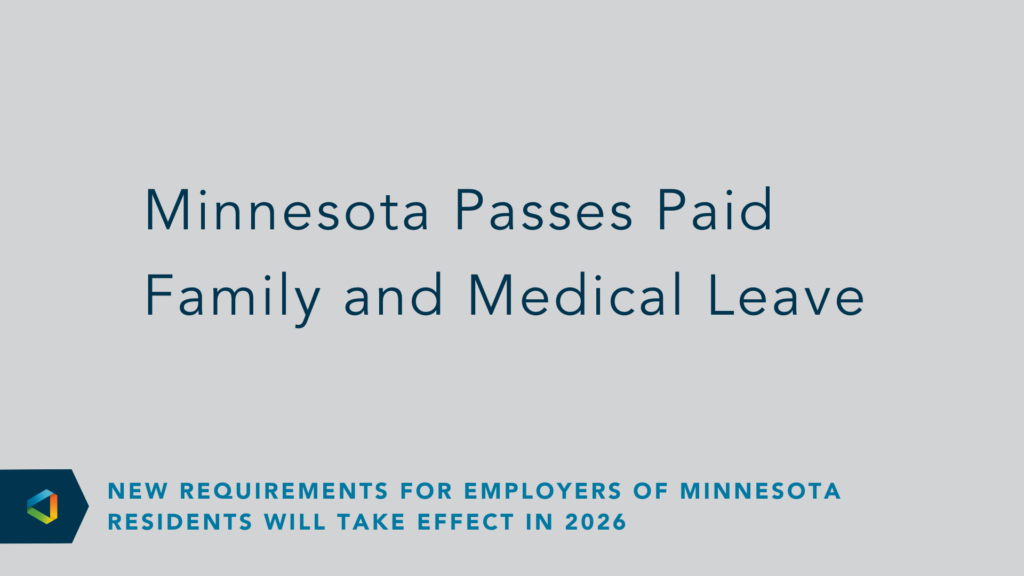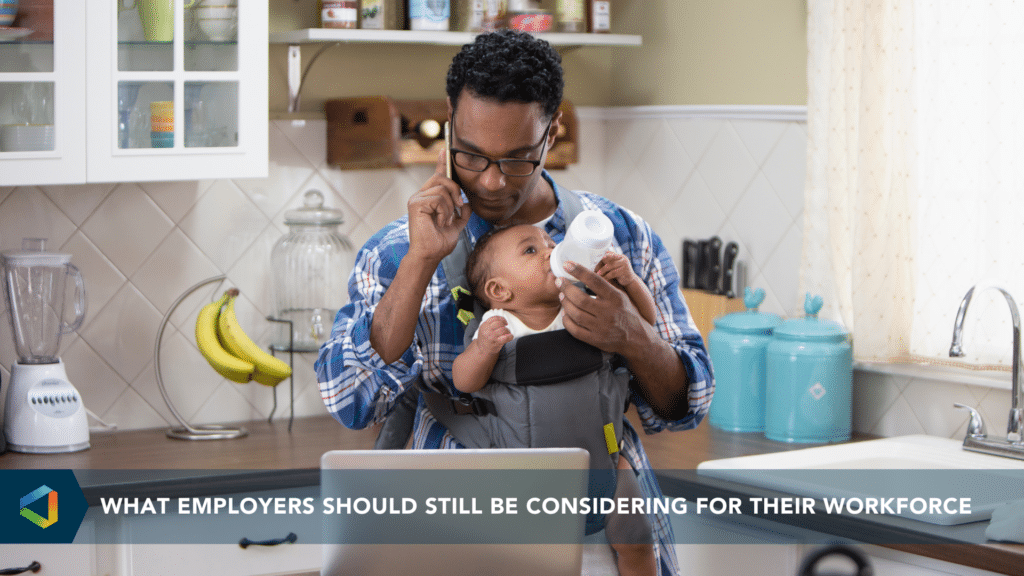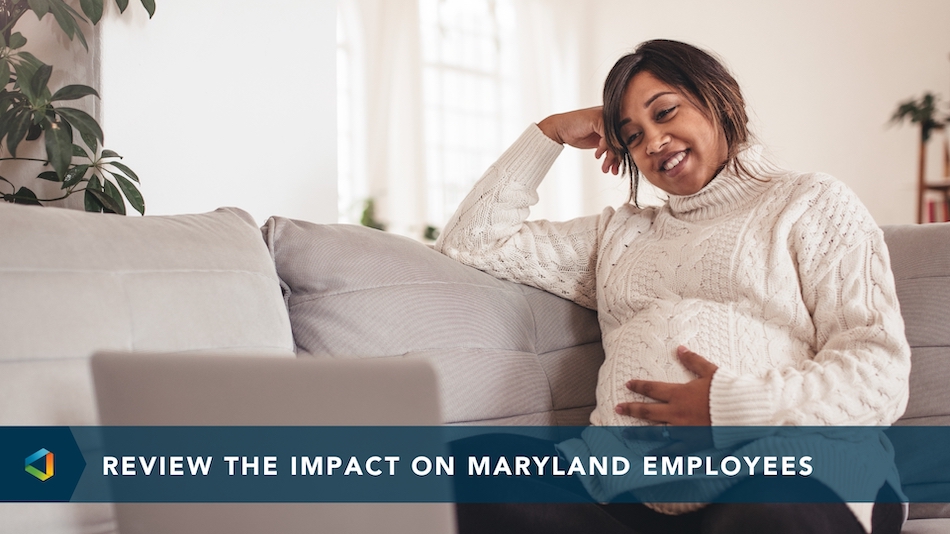Better Benefits
Connecticut Paid Family Medical Leave Contributions Have Begun. What’s Next for Employers?
Connecticut Paid Family Medical Leave Contributions Have Begun. What’s Next for Employers?
If you’re bothering to read this, you’re probably an employer with at least one employee in Connecticut.
And since we’re now well into 2021, you’ve registered with the Connecticut Paid Leave Authority (heretofore called the “Authority”) and you’re collecting the 0.5% payroll deduction from your CT employees. So, now what?
Here are a few questions you should be considering regarding Connecticut Paid Family Medical Leave (CTPFML), along with some thoughts on how you might address those questions:
-
-
Should my HR team keep handling leave management, or should I hand that off to a third party?
-
If you have more than 50 employees and you’re managing FMLA and other family leave programs in-house, it’s time to start considering a third party leave management administrator. This is especially true for multi-state employers, as more states are expected to join the paid family leave bandwagon, adding more complexity to leave management.
The key to making family leave decisions is consistency. Inconsistent application of family leave rules exposes employers to legal challenges and department of labor penalties. So, if you’re large enough to take the burden off the back of your HR team – leave it to the pros. It’s money well-spent.
-
-
Should I consider a private CTPFML plan or will the public plan suffice?
-
The public plan versus private plan question is a little more complex. While several insurance companies will offer private CTPFML plans, there are some – let’s call them hurdles – along the private plan path.
First, keep in mind that to opt-out of the public plan and implement a private plan, employers must afford their CT employees a vote. Yes, a vote. The majority of CT employees (at least 50% +1 of all CT employees, not just those who cast a vote) have to approve, through said vote, the private plan solution. This raises some questions, like: how will we conduct the vote?; how will we record and memorialize the votes?; how will my employees understand what they’re voting for or against?; what if the voting process causes division within the employee ranks?
Secondly, it might be difficult to secure a private plan quote that’s competitive to the public plan cost of 0.5% of payroll. There’s some concern that, given Connecticut’s liberal definition of “family member” and the relatively generous benefit, 0.5% of payroll is a pretty good deal. The private carriers will likely focus on employers with higher-paid employees and extremely low turnover, leaving the average employer with no choice but to use the public plan.
Another consideration is the experience your employees will have when taking leave. Who’s going to administer the public PFML plan, and will the service be good? Wouldn’t it be easier to have an integrated PFML & Disability Income experience, with one carrier administering both? Does it even matter? You’ll need to talk through some of these questions before even considering a private plan.
-
-
Even if I want a private plan option, isn’t it too late?
-
The short answer is no, it’s not too late. You can apply for a private plan at any time. A private plan must be approved by the Authority no less than 30 days before the end of a calendar year quarter to be exempt from paying that quarter’s premium. Keep in mind that employers are obligated to pay public plan premium (collected from payroll deductions) to the Authority at the end of every quarter, and the paid premium/taxes from previous quarters will not be refunded.
Sorry, it’s a little complicated… your benefits consultant can help you with all of this! So, let’s just focus on the short answer… no, it’s not too late to apply for a private plan.
-
-
Public or private PFML, how will this affect my Short-Term Disability plan?
-
Here’s some good news… you’re STD premiums will be going down in 2022! In instances when it’s the employee’s medical leave/disability, the CTPFML will pay first and the STD policy will pay secondary. Therefore, STD claims will be lower starting in January 2022, and that’s why STD premiums will go down.
You might consider converting some, or all, of the STD premium savings to an enhanced STD benefit, replacing more income in the event of an employee disability/leave. Or, you could scrap your employer paid STD and offer voluntary supplemental (to the CTPFML) disability income plans. As they say, there’s more than one way to skin a cat, and once again your benefits consultant can help you figure out the best strategy for you and your employees.
Employers’ most immediate concern is remitting Q1 2020 “premium” to the CT Paid Leave Authority at the end of March. In the meantime, work with your benefits consultant to address your go-forward strategy. You are not alone… we’ll help you through this!




